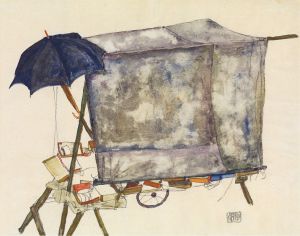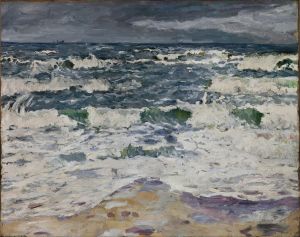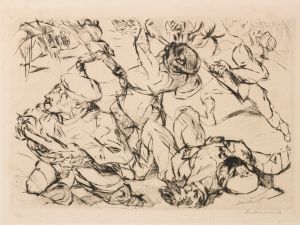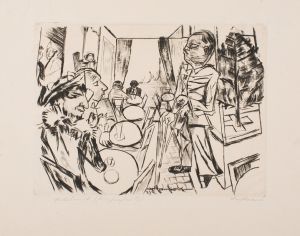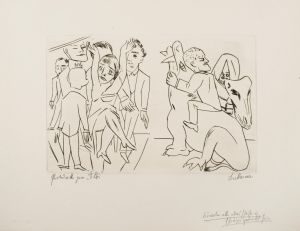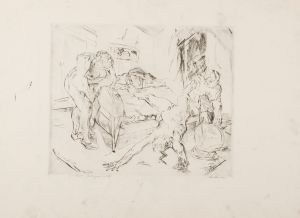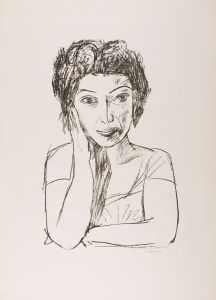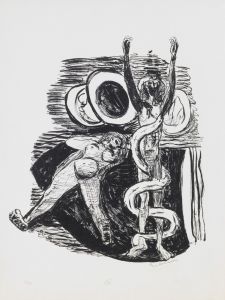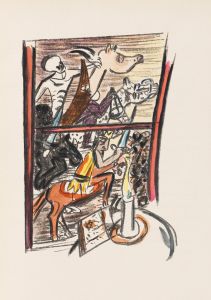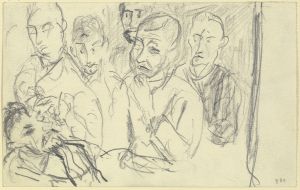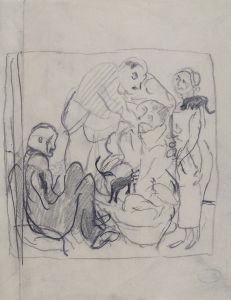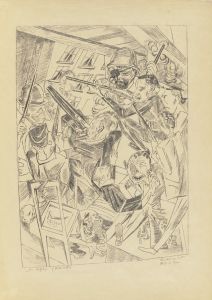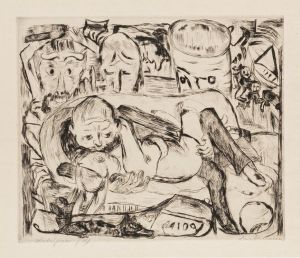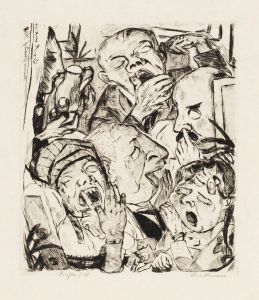
Apokalypse
A hand-painted replica of Max Beckmann’s masterpiece Apokalypse, meticulously crafted by professional artists to capture the true essence of the original. Each piece is created with museum-quality canvas and rare mineral pigments, carefully painted by experienced artists with delicate brushstrokes and rich, layered colors to perfectly recreate the texture of the original artwork. Unlike machine-printed reproductions, this hand-painted version brings the painting to life, infused with the artist’s emotions and skill in every stroke. Whether for personal collection or home decoration, it instantly elevates the artistic atmosphere of any space.
Max Beckmann was a prominent German painter, draftsman, printmaker, and writer, known for his unique style that combined elements of Expressionism, New Objectivity, and Symbolism. However, there is no specific record or widely recognized artwork titled "Apokalypse" by Max Beckmann. Beckmann's oeuvre is extensive, and he is renowned for his complex and often enigmatic paintings that reflect the tumultuous events of the early 20th century, including the two World Wars and the Weimar Republic.
Beckmann was born on February 12, 1884, in Leipzig, Germany. He studied at the Weimar Academy and quickly became involved in the Berlin Secession, a group of artists who rejected the conservative art establishment of the time. His early works were influenced by Impressionism and Post-Impressionism, but he soon developed a more personal style characterized by bold colors, dramatic compositions, and a focus on the human condition.
During World War I, Beckmann served as a medical orderly, an experience that profoundly affected his art. The trauma of war led him to explore themes of suffering, chaos, and existential dread, which became central to his work. After the war, Beckmann's style evolved into what is often described as New Objectivity, a movement that sought to depict reality with a sense of clarity and detachment, often highlighting the absurdities and horrors of modern life.
One of Beckmann's most significant contributions to art is his series of triptychs, large three-paneled paintings that draw on religious and mythological themes to comment on contemporary issues. These works often feature a complex interplay of figures and symbols, inviting multiple interpretations. Beckmann's use of the triptych format is reminiscent of medieval altarpieces, yet his content is decidedly modern, reflecting the fractured and uncertain world of the 20th century.
Throughout his career, Beckmann faced political and social challenges. With the rise of the Nazi regime in Germany, his work was labeled "degenerate art," and he was dismissed from his teaching position at the Städelschule in Frankfurt. In 1937, Beckmann fled to Amsterdam, where he continued to paint despite the difficult circumstances of exile. In 1947, he moved to the United States, where he taught at Washington University in St. Louis and later at the Brooklyn Museum Art School in New York.
Beckmann's work has been celebrated for its emotional intensity, technical skill, and profound engagement with the human experience. His paintings often feature a rich tapestry of characters and narratives, drawing on a wide range of sources, including literature, theater, and his own life experiences. Despite the challenges he faced, Beckmann remained committed to his vision, producing a body of work that continues to resonate with audiences today.
While there is no specific painting titled "Apokalypse" by Max Beckmann, his art frequently grapples with apocalyptic themes, reflecting the societal upheavals and personal struggles of his time. Beckmann passed away on December 27, 1950, in New York City, leaving behind a legacy that has influenced generations of artists and continues to be studied and admired worldwide.





